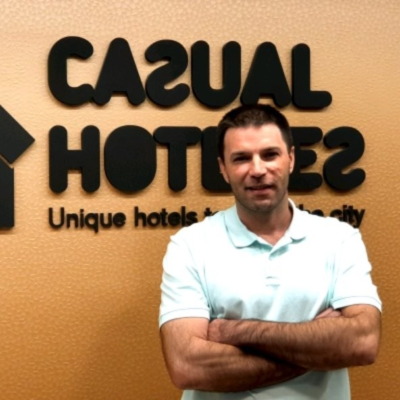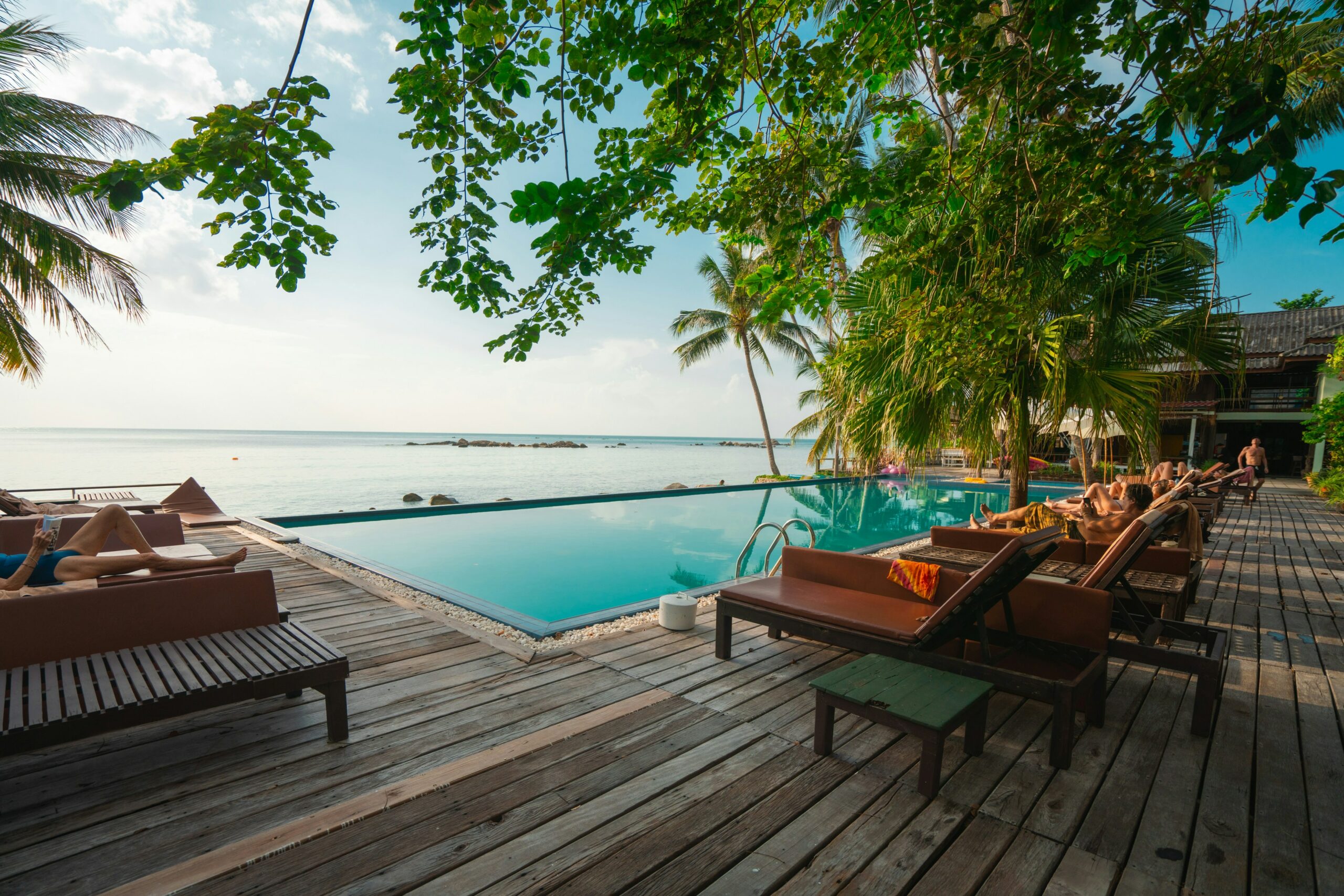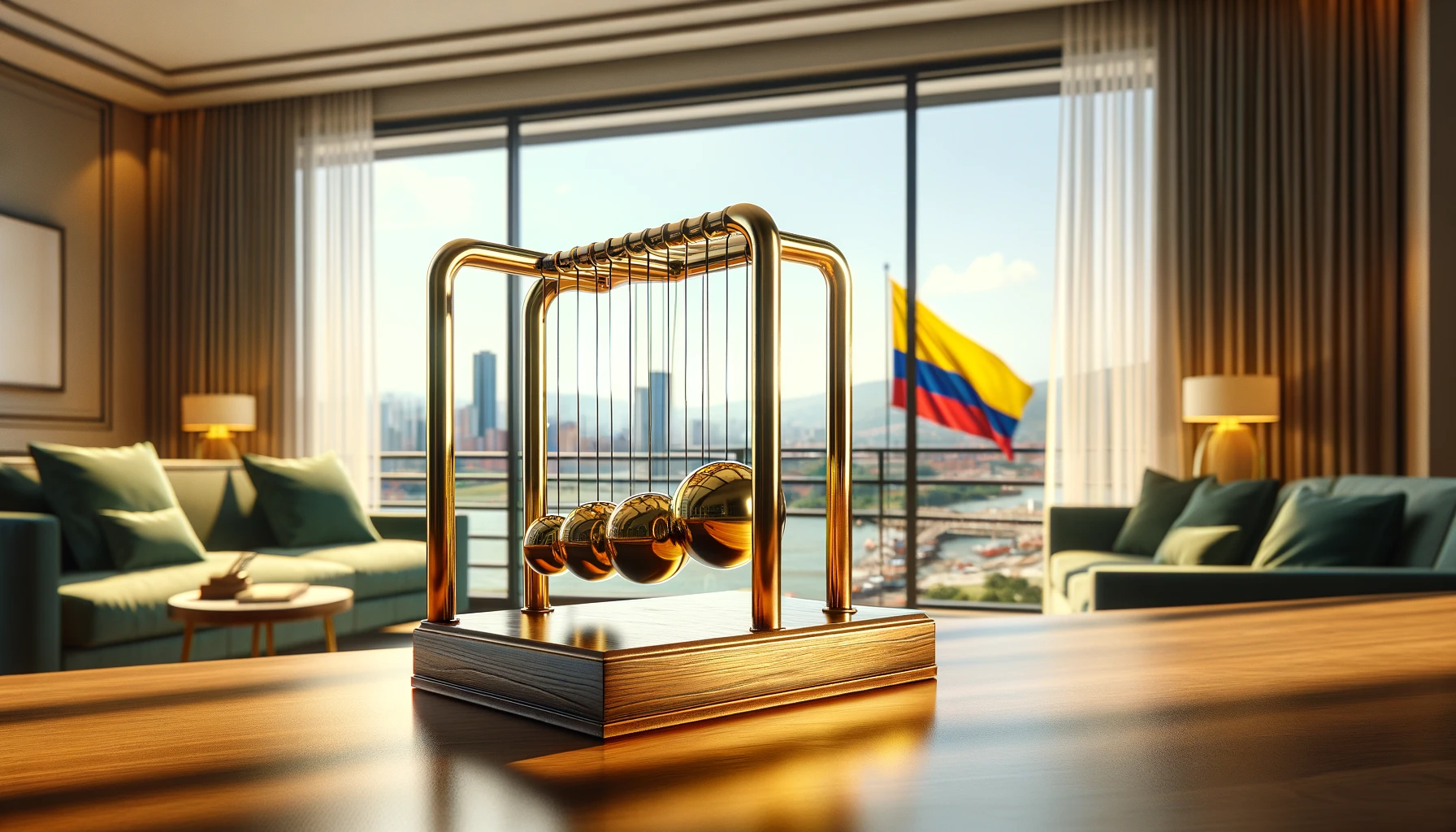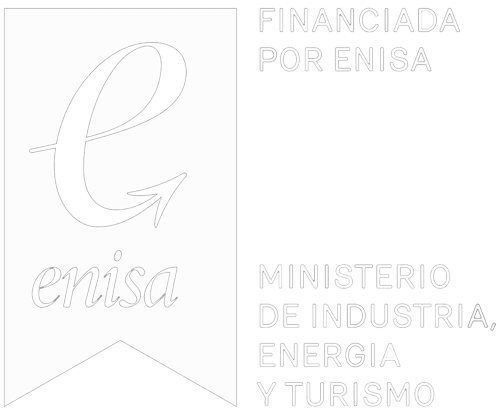5 Ways Your Hotel Can Compete with Intermediaries
It’s not about being obsessed with OTAs, metasearch or travel agencies. Hotel distribution is changing, so it’s important to revamp your distribution strategy to stay competitive. In theory, everyone competes on an equal footing in regards to product, and one’s probability increases according to one’s margins. Sales professionals will continue to be the commercial strength of your business. A cost benefit analysis of bookings can help you plan and support your hotel’s decisions (regarding channel, partners, tour operators, etc.) and determine its ROI.
You can boost direct bookings by analyzing booking behavior, adjusting your hotel’s strategies for acquiring new guests, and maintaining a low guest acquisition cost. Your hotel is the foundation for delivering an exceptional guest experience. That’s why it’s fundamental to understand how you can improve your property’s distribution. Here are 5 formulas you’ll need to take control of your hotel’s distribution:
-
Loyalty as a differentiating value. Loyalty plays a key role in influencing traveler booking behavior. Según planteó la consultora Phocuswright en el seminario “How Airlines, Hotels and OTAs Compete on the WebPhocuswright’s research analyst, Brandie Wright, shared that 8 out of 10 direct bookings come from loyalty programs. Wright also pointed out that 52% of American travelers are members of an airline loyalty program and 46% are members of a hotel loyalty program. The Hilton and Marriott hotel chains are two great examples of successful loyalty programs.
-
Campaigns to boost direct bookings. Generate direct bookings by creating campaigns to increase your hotel’s visibility through direct channels, not necessarily online. Specialization in niche markets and analyzing the cost of stay are tasks that all hotel establishments must consider before discontinuing their use of a channel. You can analyze information via tools such as Channel Managers and with reports from your PMS. By doing so, you will have a real-time interpretation of the market.
-
Last-minute hotel mobile bookings. According to data provided in the Phocuswright webinar, 3 out of 5 hotel mobile bookings are made 24 hours before the guest arrives at the hotel. This is an interesting margin to consider if you want to capitalize on last-minute bookings. However, don’t worry too much about pricing, instead make it easy for your guests to access the information they need. Many travelers improvise, so this type of booking increases. This is when your hotel’s website and information accessibility play an important role in guest acquisition.
-
ADR correlates to mobile device type. According to Phocuswright, travelers with iPhones consume more data daily than travelers with another type of device. Compared to Android smartphone users, the difference in consumption is $100 more per day. It’s important for hoteliers to adapt their strategy to consumption type and frequency. If your strategy is centered on customer type with a high purchasing power, then segmenting by device can be something worth looking into.
-
Leisure versus business travelers. About 53% of business travelers book directly at a hotel, compared to 47% of leisure travelers. These values are reversed for Online Travel Agencies (OTAs). By differentiating your strategies by type of traveler, both for price and process simplicity, you can pinpoint the mix of traveler you want to distribute your product to.
When structuring your direct booking strategy, use these 5 tips to help you. Eliminate unnecessary commissions by analyzing and identifying your target market and creating the right product as this will help you improve in quality and gain independence.

















